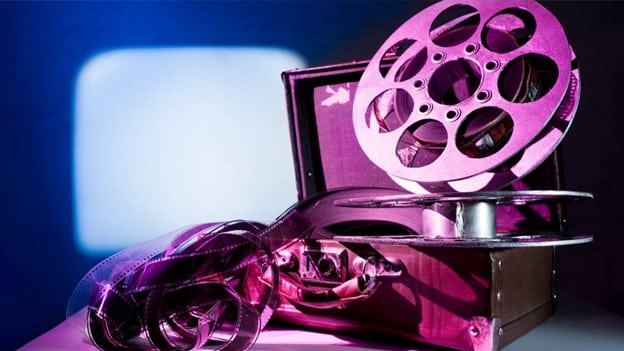Table of Contents
Image Source: Canva editor
Among all gambling devices, the slot machine stands as a captivating device because of its rotating reels that produce clanging coins coupled with flashing jackpot displays. These mechanical marvels have remained important in cinemas since the 1940s because they represent profound visual metaphors that explore luck as well as fate, addiction and human behavior. The motion picture industry has relied on slot machines as integral components to depict character emotions and storytelling throughout various dark detective films and bright gambling movies.
The Golden Age: Slots as Symbols of Chance and Destiny
Gambling machines and cinema established their relationship authentically in the 1940s Golden Age through The Lady Gambles (1949), which exhibited Barbara Stanwyck’s gambling addiction. Early movies depicted the slots as mechanical three-reel devices containing few symbols operated by basic mechanisms. Filmmakers immediately understood that these devices successfully depicted the unknown factors of life as well as our basic desire to transform instantly. The rotating reels of slots operated as preexisting imagery which movie directors utilized to depict the erratic nature of destiny.
Throughout the 1960s and 70s Las Vegas evolved into a complete entertainment destination which caused slot machines to become widely featured in movies. Since “The Las Vegas Story” (1952) and other films exposed casino rows overcrowded with slot machines which became standard audio-visual symbols of gambling dens. The casino equipment served as much more than ornamental background elements. The characters within these stories showed their personalities through different methods of playing games that depended purely on luck.
Casino Epics and the Shifting Cultural Perspective
A new wave of casino-themed films emerged in the 1990s when Martin Scorsese’s 1995 film “Casino” gave viewers the most comprehensive depiction of gaming culture in film history. The casino’s guaranteed income stream comes from slots, according to Robert De Niro, who describes the automatic gamblers who play without thinking while the casino collects their money through the edge. During this time, the film industry started presenting gambling machines in a more elaborate manner that depicted both their addictive nature and statistical aspects.
Rain Man (1988) features another iconic slot machine scene. Dustin Hoffman plays Raymond who displays his mathematical expertise by forecasting slot machine jackpot winners as his autistic trait. This telling scene enhances the link between the machine’s random nature with Raymound’s exceptional mental abilities which hints at the possibility of hidden patterns in chaos. Audience members empathized with this scene because they shared the common human dream of winning gambling games with special abilities or prediction skills.
The Dark Side: Addiction and Desperation
Two films from 1996 and 1991 specifically depict slot machines as tools of addiction and anguish, which expose the darker side of these gambling devices. The spinning reels of the slot machine display thrilling images that duplicate compulsive behavior because the characters are seduced by potential winnings even though they cannot achieve them. The 2003 film “Owning Mahowny” gives a gritty depiction that shows embezzling banker Philip Seymour Hoffman obsessed with slot machines when he hits his lowest points. The persistent. The cycle of the machine during its mindless repetitions matches the programmed behavior of the character while producing scenes which make viewers experience discomfort caused by the enticing features intended to support continuous gameplay.
From Physical to Digital: Modern Slot Portrayals
Progress in technology converted genuine slot machines into digital interfaces, and the film industry adopted the same transformation. In the 2007 movie “Ocean’s Thirteen,” the characters use electronic slot machines with advanced systems that demonstrate the progression of casino gambling technology. For filmmakers today, it has become difficult to portray gambling’s intensity through screens because users engage with touchscreen interfaces instead of real mechanical lever mechanisms.
The presentation of slot machines in “Gambling, Gods and LSD” (2002) shows the developers’ strategic approach toward psychological design elements which boost gambling enjoyment. In order to assist audiences better comprehend why gambling gadgets become cultural necessities, the analytical study gives fiction-based works more depth.
Ultimately
Filmmakers find slot machines intriguing since their graphical representation enables several human elements such as hope, risk and fate, which all lead to meaningful changes. These devices enable visual storytellers to access figurative meaning because cinema can portray them either as luxurious, money-making tools or as addictive systems. Their presence in cinema history chronicles how society has evolved in its perspective toward betting methods alongside technological innovations and transitions in general. Through noir and contemporary films, the regular slot machine stands established in film history both as a prop and as a character, showing its moving reels, which share stories about their identity and worth.


